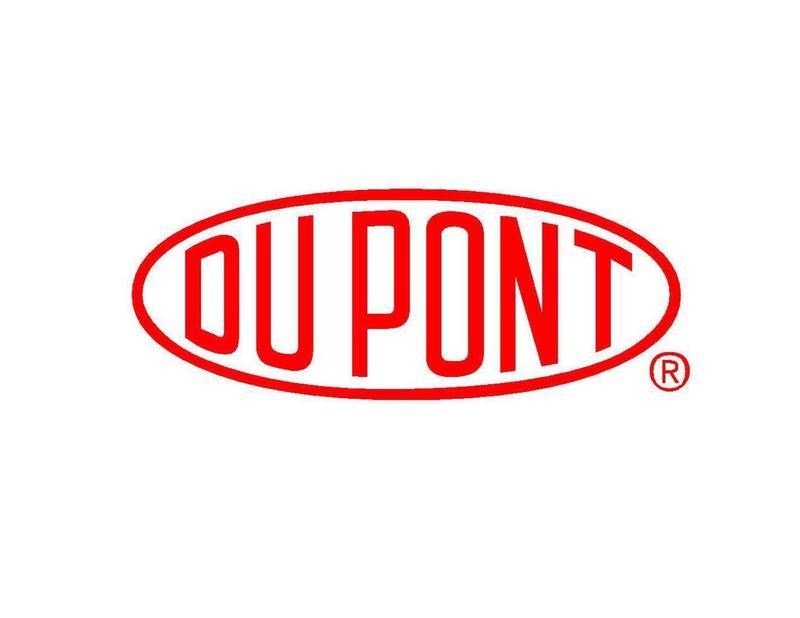DuPont’s Strategic Move: Understanding Qnity’s $4.1 Billion Debt Financing
In a bold financial maneuver, Qnity, the recent spinoff from DuPont, has successfully priced an extraordinary $4.1 billion in debt financing, marking a significant step in its journey as an independent entity. This strategic move aims to bolster liquidity and facilitate significant payouts to DuPont, as the company transitions into its next phase of growth. Analysts suggest that this financing arrangement is not merely a speedy capital injection; rather, it’s a calculated approach to streamline operations and enhance Qnity’s market position in a highly competitive landscape.
Key takeaways from this financing include:
- Enhanced Liquidity: The raised capital is poised to ensure operational stability and flexibility.
- Debt Structure: Qnity plans to leverage various debt instruments, aiming for an optimal balance between cost and risk.
- Future Growth: Funds may also be allocated for strategic investments in research and development, positioning Qnity to innovate and expand.
Qnity’s decision underscores a pivotal moment for the company as it seeks to redefine its identity beyond DuPont, focusing on long-term sustainability and market leadership.

Analyzing the Implications of Qnity’s Debt for DuPont’s Financial Landscape
The decision by Qnity to issue $4.1 billion in debt raises critical questions regarding the broader financial implications for DuPont following the spinoff. On one hand, this substantial debt financing is aimed at facilitating Qnity’s strategic initiatives, possibly positioning the company to enhance its market operations and invest in growth opportunities. However,the ramifications extend to DuPont itself,as the spinoff means that dupont may face ripple effects from Qnity’s financial maneuverings. Investors will be keenly observing how Qnity’s debt levels will affect its operational flexibility and, consequently, DuPont’s overall risk profile.
Several factors warrant attention as analysts dive deeper into the financial landscapes of both companies:
- Interest Obligations: Elevated debt levels could lead to increased interest payments, affecting the availability of cash for Qnity to reinvest into its operations.
- Credit Ratings: The financial health of Qnity could impact DuPont’s credit ratings, as the spinoff could reflect on DuPont’s own perceived stability and strength.
- Market Perception: Investors may reassess their confidence in DuPont based on how effectively Qnity can manage its new debt load and leverage it for growth.
As Qnity embarks on this aspiring financial journey, the interplay of its debt strategy and its subsequent effects on DuPont’s financial condition will be closely monitored by stakeholders across the board. The outcomes will not onyl influence future strategic decisions but also contribute to shaping the reputation of DuPont as a resilient enterprise in the chemical industry.

Investors’ Perspective: What qnity’s debt Payout Means for Market Confidence
The recent announcement from Qnity regarding its $4.1 billion debt issuance has sparked significant discussion among investors, particularly in light of the company’s strategy to propel growth post-DuPont spinoff. This move is a clear indication of Qnity’s commitment to fortifying its balance sheet while simultaneously positioning itself for expansion. Investors are carefully evaluating how the proceeds from this debt will be utilized, with a keen focus on potential reinvestment opportunities and strategic acquisitions that could enhance market share and profitability. The successful pricing of this debt could signal a vote of confidence from the financial markets, suggesting that stakeholders believe in Qnity’s long-term growth trajectory despite the inherent risks associated with increased leverage.
Moreover, the implications of this debt issuance extend beyond Qnity’s immediate financial standing.As confidence in the company strengthens, the ripple effects on market sentiment may be noteworthy. Investors likely consider the following factors:
- Debt Servicing Capacity: How effectively will Qnity manage its interest obligations?
- Growth Initiatives: What specific projects will be funded through this capital raise,and how do they align with market demand?
- Competitive positioning: In what ways does this financial strategy position Qnity against competitors?
A positive assessment of these factors can bolster confidence in Qnity’s future prospects and potentially stabilize or enhance its market valuation,even as industry volatility remains a constant challenge.

Recommendations for Stakeholders: Navigating the Post-Spinoff Financial Environment
As stakeholders navigate the financial landscape following the DuPont spinoff of Qnity, proactive strategies will be essential to capitalize on new opportunities and mitigate risks. Investors should pay close attention to the implications of the $4.1 billion in debt undertaken by Qnity for its payout. This significant capital raise will necessitate a keen focus on cash flow management and financial stability in the near term. Engaging with financial analysts will provide insights into sustainable leverage ratios and the company’s long-term growth projections.
Moreover, management teams and board members must prioritize clear dialog with shareholders and the wider market to build confidence. Consider implementing the following strategies:
- Conduct regular updates on financial performance and strategic initiatives linked to the spinoff.
- Enhance stakeholder engagement by inviting investor questions and feedback during quarterly earnings calls.
- Develop clear, actionable plans for utilizing the proceeds from debt, focusing on innovation and operational efficiency.
Fostering an environment of trust and accountability will be crucial for navigating the complexities of the post-spinoff environment effectively.
